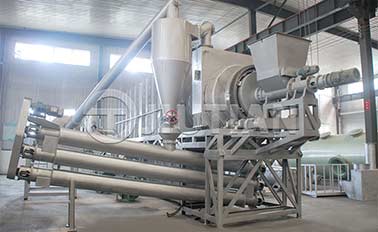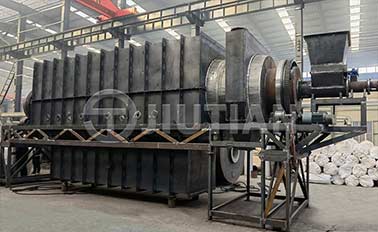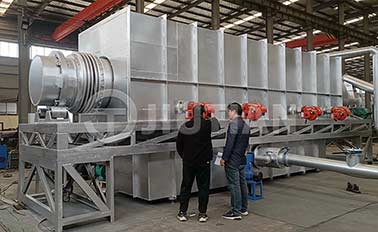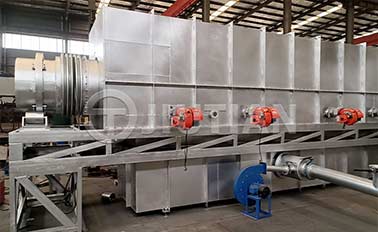Straw carbonization is a technology that converts biomass materials such as straw into carbonaceous products through the process of heating, dehydration and carbonization. Straw carbonization has the following main uses:
1. Biomass charcoal production: The main purpose of straw carbonization is to produce biomass charcoal, also called straw charcoal. This charcoal product can be used as a solid fuel, replacing traditional charcoal and coal. It can be used for cooking, heating and power generation, and has the advantages of high calorific value and low ash content.

2. Soil improver: Straw charcoal can also be used as soil improver. Mixing straw charcoal into the soil can improve the fertility of the soil, increase the organic matter content of the soil, improve the soil structure, improve the soil's ability to retain water and fertilizer, and help reduce soil erosion.
3. Reduce carbon emissions: Straw carbonization helps reduce the open-air stacking and burning of straw waste, thereby reducing the emission of harmful gases, such as carbon dioxide and formaldehyde, and helping to reduce greenhouse gas emissions.
4. Produce other organic products: Carbonized straw can also be used to prepare other organic products, such as biochar particles, biochar fertilizers, etc. These products are widely used in agriculture and environmental protection fields.
The straw carbonizer is a special equipment used for carbonizing straw. It usually uses high temperature and low oxygen environment to convert straw into biomass char through carbonization. This equipment plays an important role in processing agricultural waste, reducing environmental pollution and improving resource utilization efficiency, helping to achieve sustainable development and environmental protection goals.

Location:Indonesia
Project Progress:Put Into Production

Location:Vietnam
Project Progress:Put Into Production

Location:Kenya
Project Progress:Put Into Production

Location:Canada
Project Progress:Put Into Production